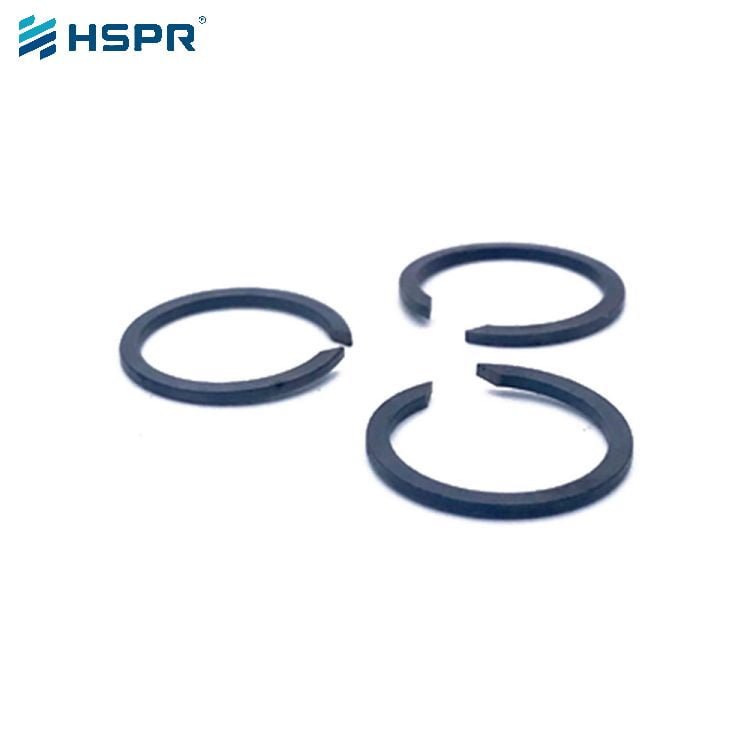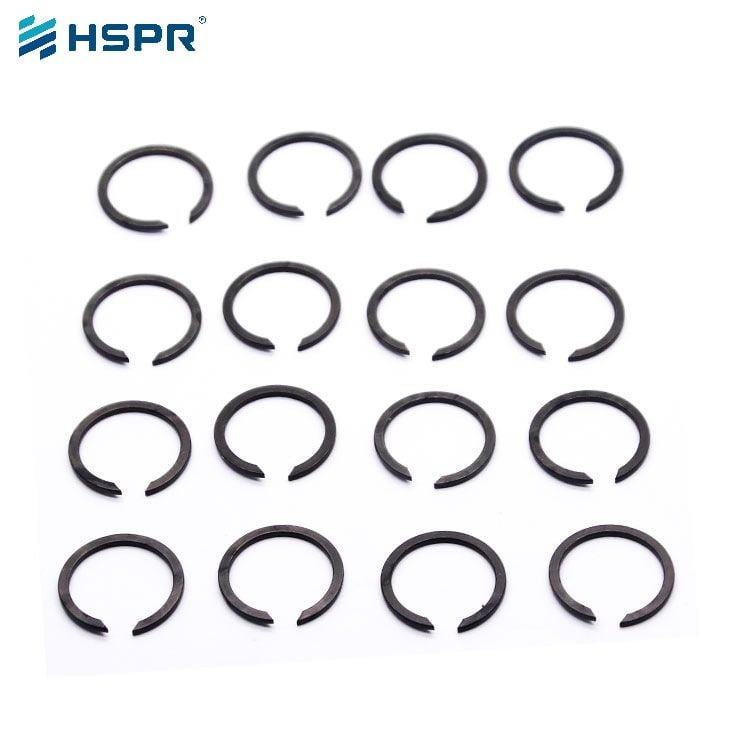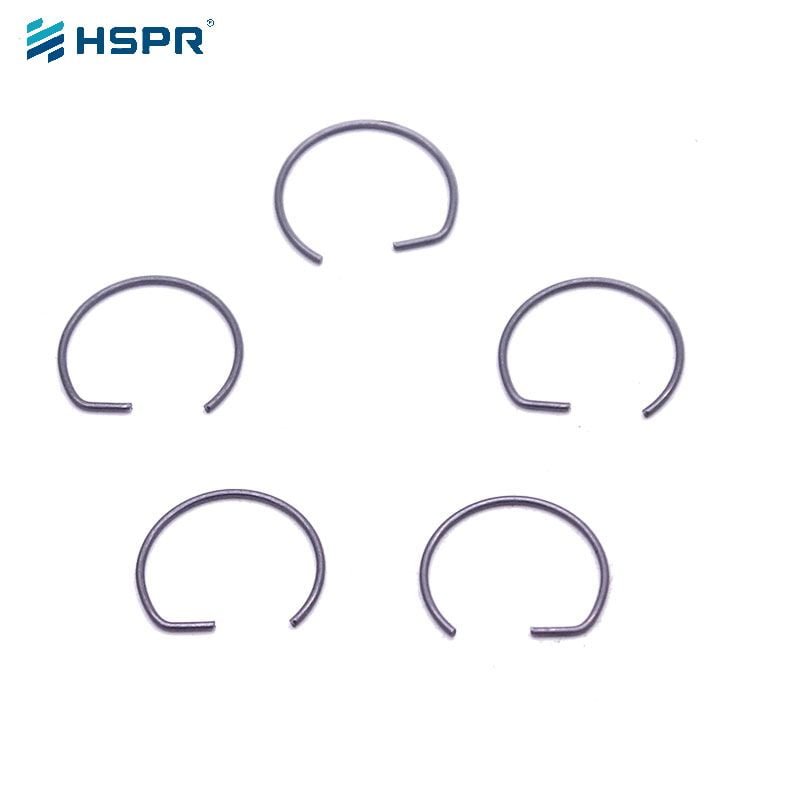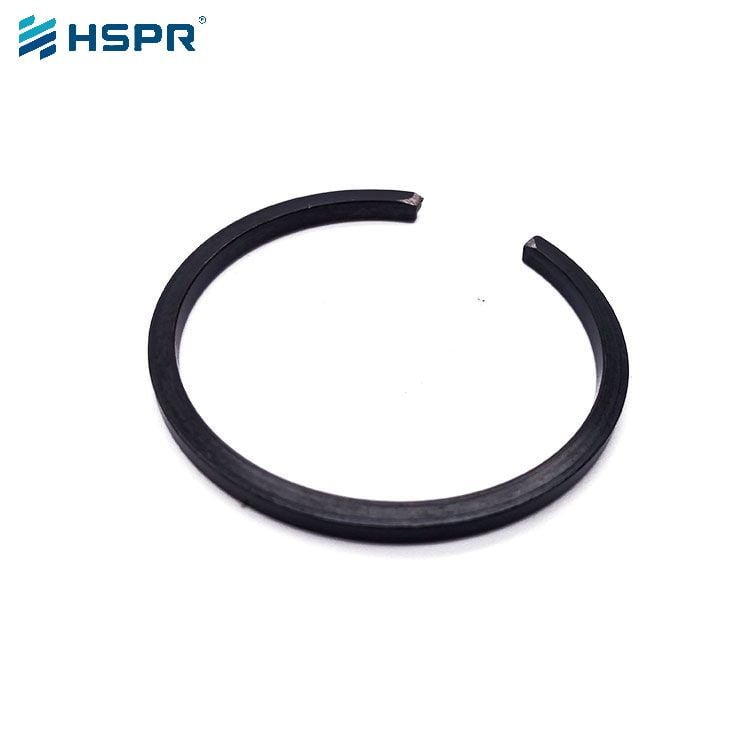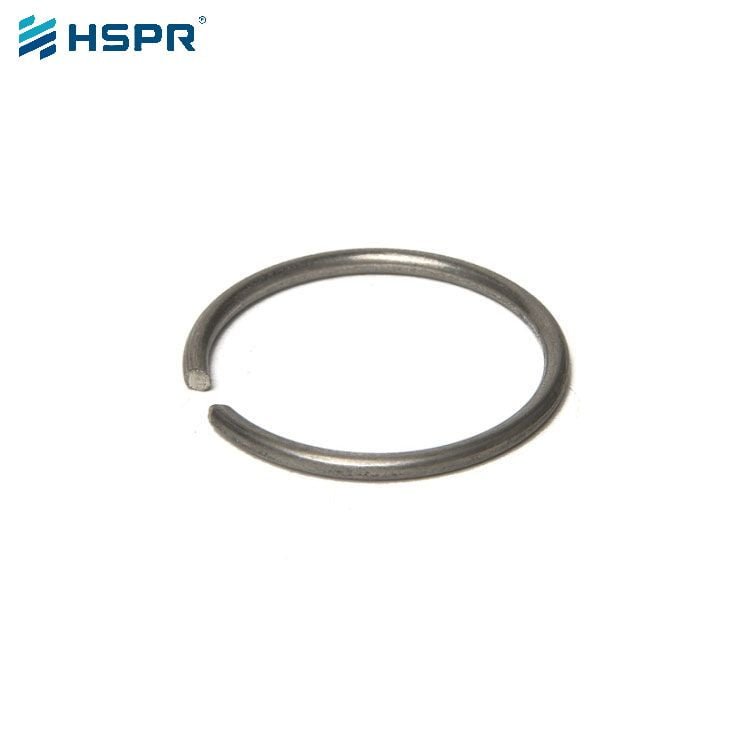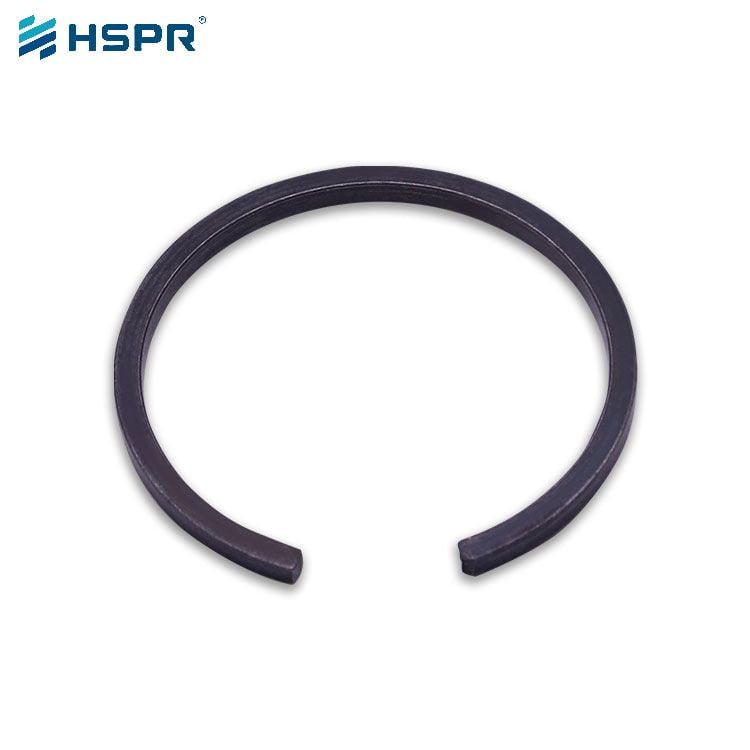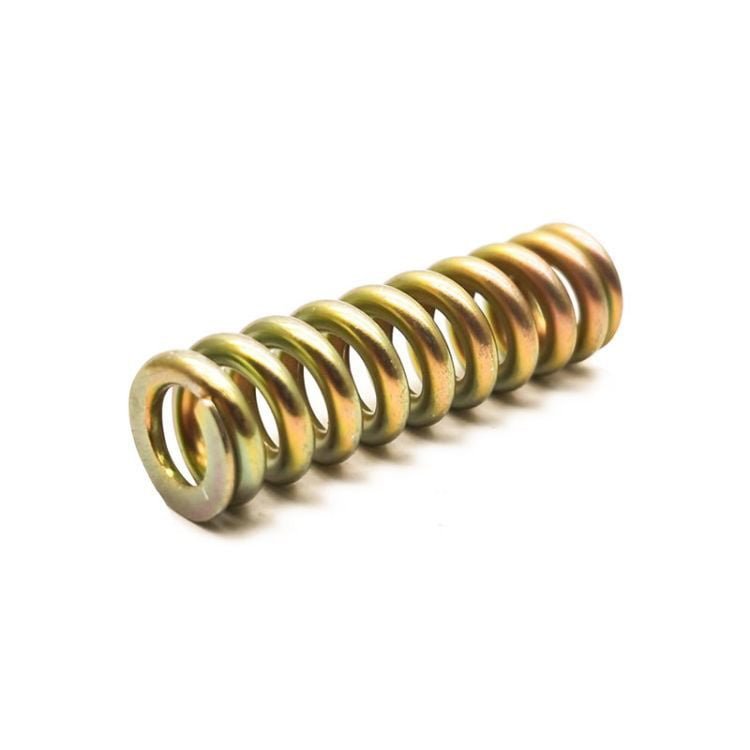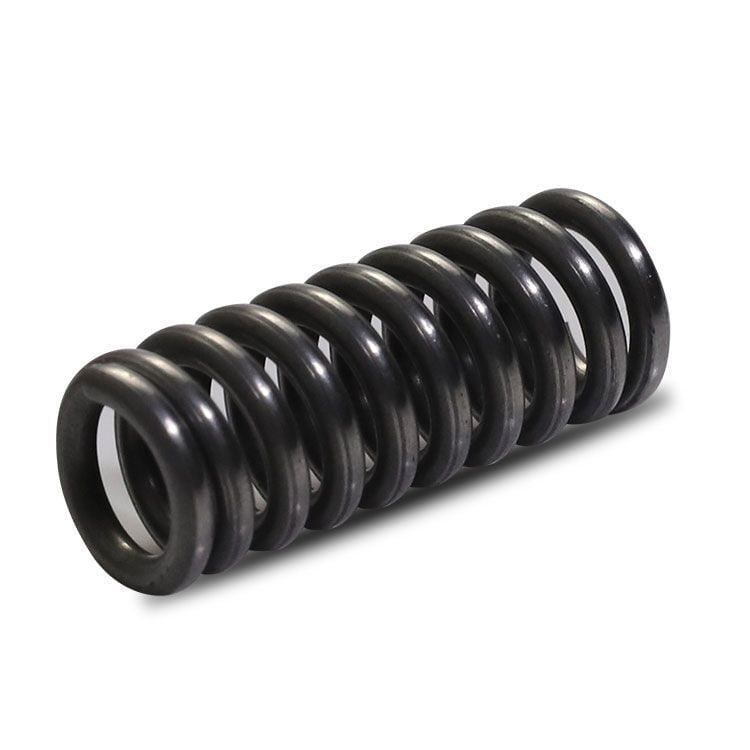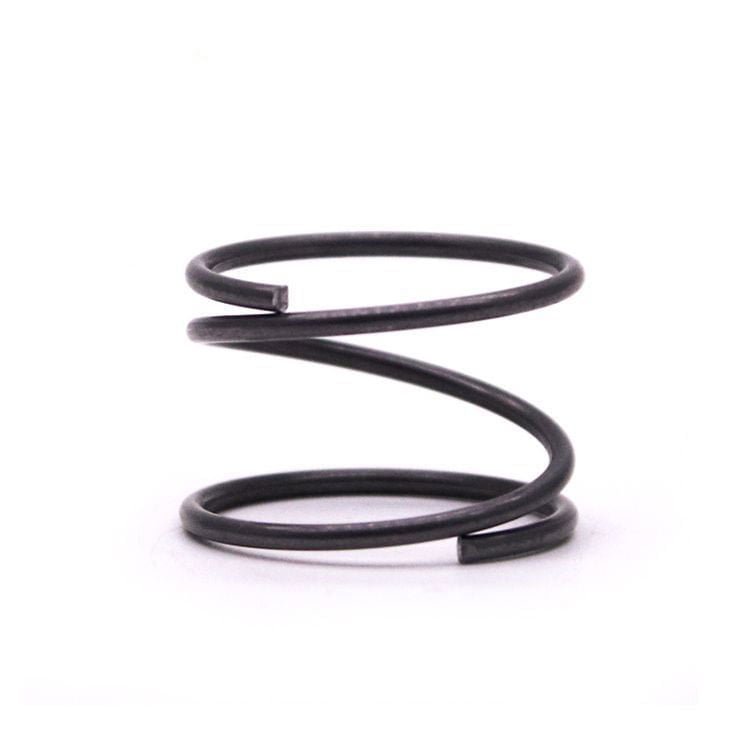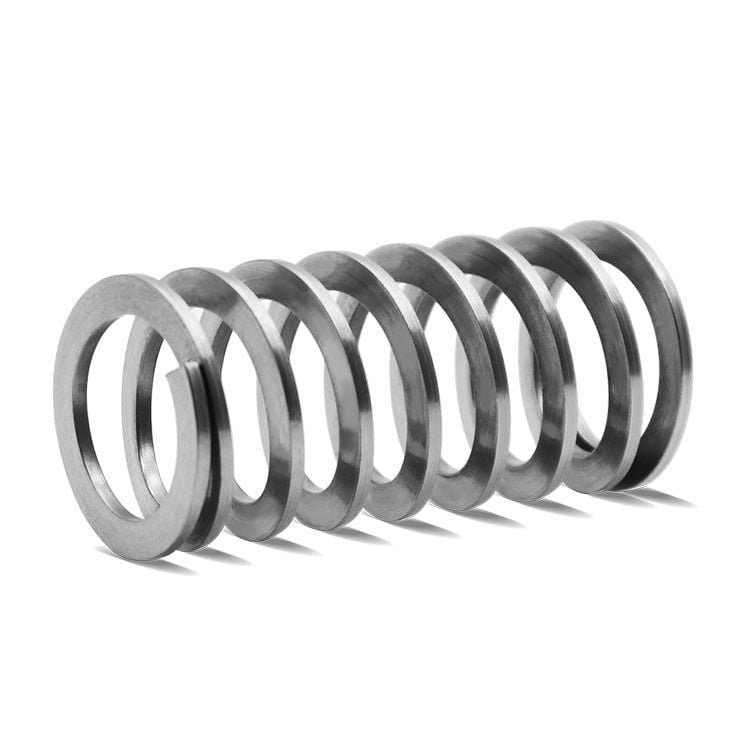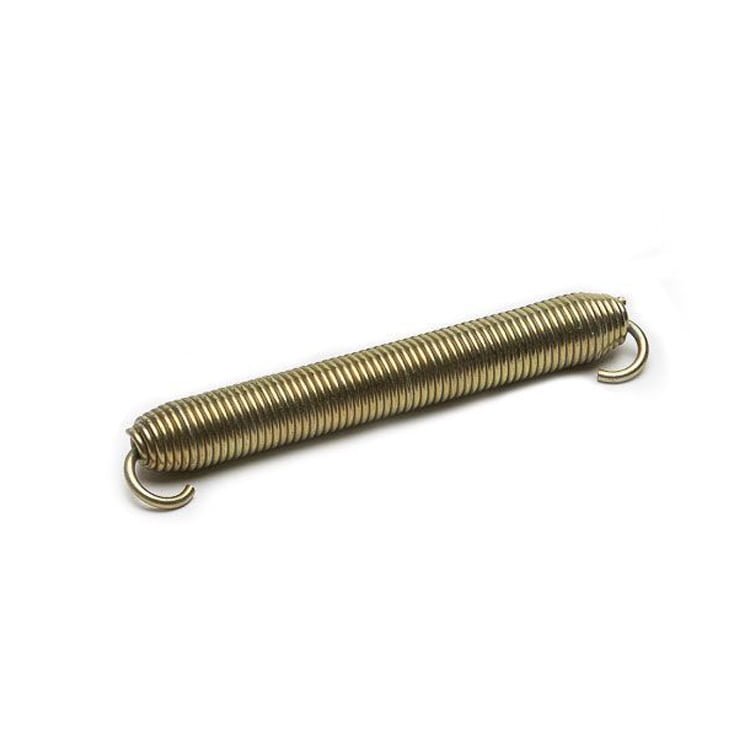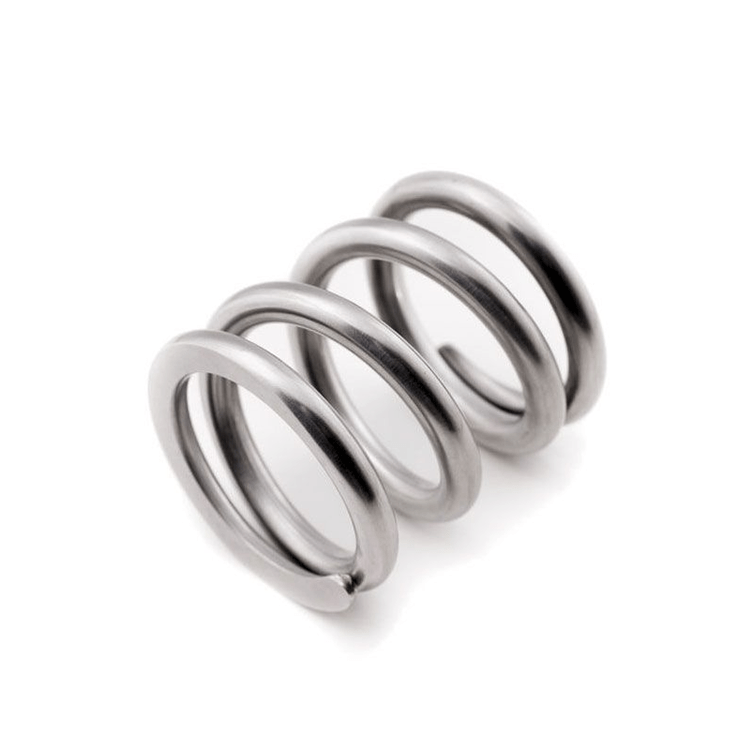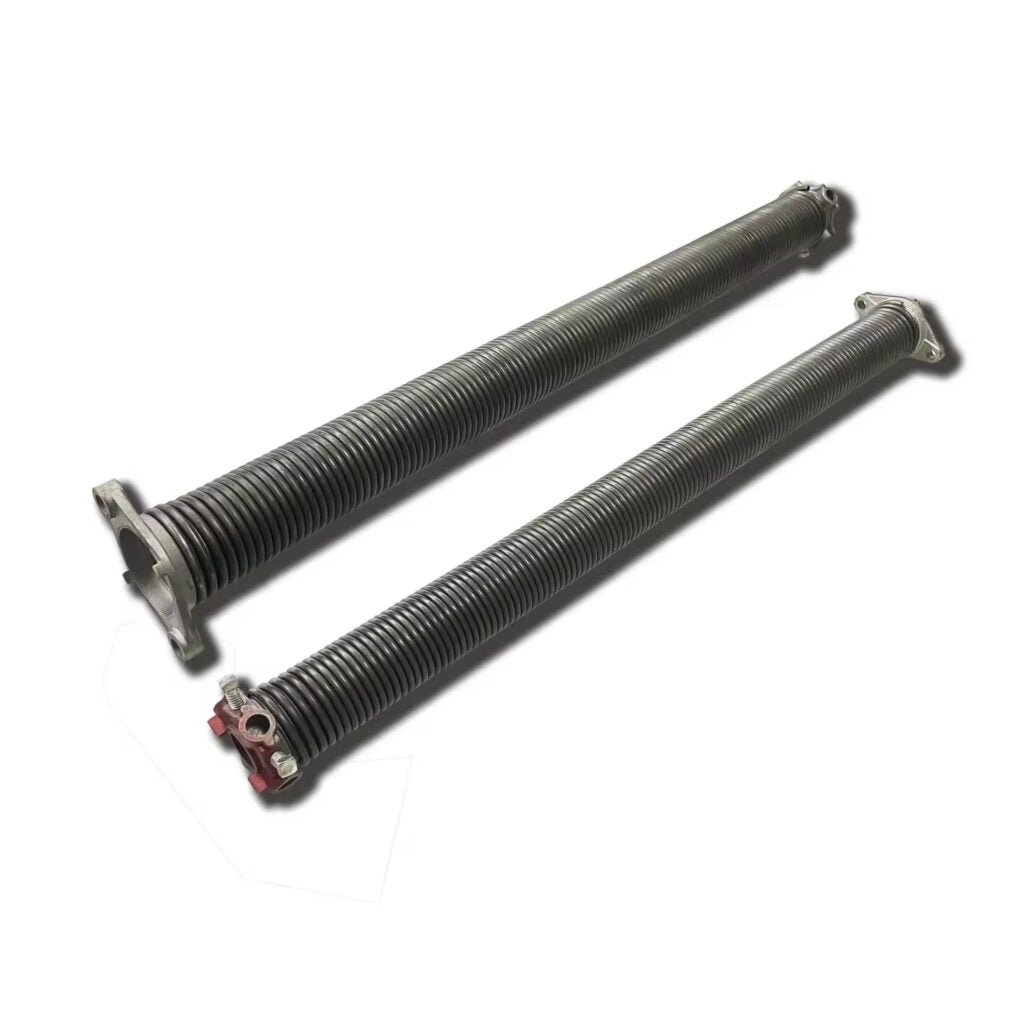Metric snap rings
Metric snap rings are threadless fasteners used to secure components within an assembly. The retaining rings are spring steel rings that are installed in grooves on a shaft or within a circular housing using a tool known as snap ring pliers. After installation, a portion of the retaining ring remains exposed outside the groove and acts as a shoulder to hold the component in place.
Metric snap rings are retaining rings manufactured according to metric size standards. They can be classified based on different designs, materials and uses. Common classifications include helical snap rings, wave snap rings, cross-sectional snap rings, etc.

Features and Advantages of Metric Snap Rings:
- Gap-free retention: Types such as helical snap rings have a 360-degree retention surface to ensure gap-free fixation, providing stability and reliability of the parts.
- No protruding ears: The equal cross-section feature in the design avoids the interference of protruding ears to adjacent parts, making the assembly more smooth.
- Diverse materials: It can be made of various materials such as stainless steel and carbon steel to meet different working environments and performance requirements.
- Easy to install and disassemble: Many types of metric snap rings have a simple design and can be easily installed and disassembled without special tools, improving maintenance efficiency.
Application fields of metric snap rings:
- Aerospace: It can be used to fix key parts such as engine components and transmission systems.
- Automobile manufacturing: It plays an important role in parts such as engines, transmission systems, and suspension systems.
- Machinery manufacturing: It is used for the fixation and positioning of parts such as bearings, gears, and couplings.
- Electronic equipment: It is also applied in fields such as precision instruments and optical equipment.
Selection and Purchase Suggestions:
- Size and specification: Choose the appropriate size and specification based on the specific application scenario and requirements.
- Material: Select the appropriate material based on the working environment and performance requirements.
- Brand and supplier: Choose a brand and supplier with a good reputation and reliable product quality.
- Price and cost: Reasonably control the cost while ensuring quality.
The difference between metric snap rings and imperial snap rings:
- Due to the different measurement and weight standards, there are significant differences in the size and specification between metric snap rings and imperial snap rings. For example, when representing a small size, a metric retaining ring may be expressed in millimeters (such as 5mm), while an imperial retaining ring may be expressed in inches or its fractions (such as 1/4 inch). This difference makes the metric retaining rings and imperial retaining rings have obvious differences in appearance.
- The metric system has a wider range of application fields worldwide. They are widely used in various occasions where parts need to be fixed and positioned, such as in automobile manufacturing, mechanical equipment, and electronic equipment.
- Although the imperial standard is gradually being replaced by the metric system, in some specific regions or areas, imperial retaining rings still have certain applications. For example, in some traditional industrial fields or countries such as the United Kingdom and the United States that have long used the imperial standard historically, imperial retaining rings are still used in some equipment and machinery.
Metric snap rings, as important parts in machinery and equipment, have broad application prospects and market demands. When choosing and using them, their characteristics, advantages and application fields should be fully considered to ensure they can exert the best performance and effect.
Due to the different measurement standards and size specifications, metric snap rings and imperial snap rings are in most cases not interchangeable. This means that when designing and choosing snap rings, one must select based on the recommended measurement standards and size specifications to ensure the applicability and reliability of metric snap rings.
